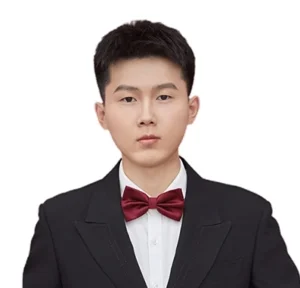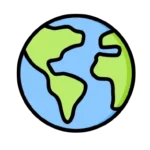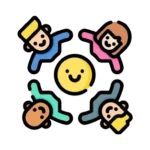How do we truly understand what children need? Are we missing key developmental signs in our classrooms? Can Childhood Observation help us respond better to their behavior and emotions? What are the most effective ways to observe children without interrupting their natural rhythm?
Childhood Observation is a powerful method for understanding children’s thoughts, needs, and developmental progress. By observing naturally and systematically, educators can tailor support based on real behaviors. This leads to improved learning outcomes, emotional security, and stronger teacher-child connections. Practical observation helps us notice learning styles, social interactions, and potential concerns early.
Mastering Childhood Observation takes more than just watching—it requires the proper techniques, timing, and mindset. In the sections below, I’ll share practical, proven strategies that can help any educator or parent become a more mindful and insightful observer of children.
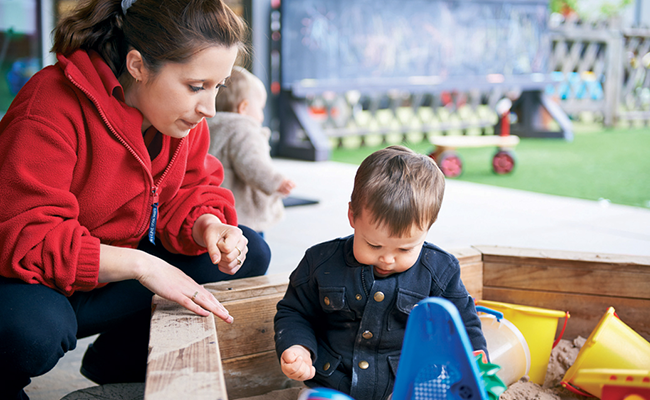

What is Childhood Observation?
Childhood Observation is the intentional act of watching, listening, and documenting a child’s behavior, emotions, and interactions in their natural environment. Rather than intervening or directing the child, the adult becomes a quiet observer, learning from the way the child explores the world, plays, solves problems, and interacts with others.
Through ongoing Childhood Observation, parents, teachers, and caregivers gain insights into a child’s development in real time. It reveals not only what a child knows, but also how they learn, how they handle frustration, and how they express joy, curiosity, or empathy. These observations help adults adjust their teaching methods, environment, or support strategies to meet the child’s individual needs.
There are several methods of Childhood Observation, ranging from anecdotal notes to more structured tools like checklists, time sampling, and running records. Each technique serves a different purpose, but they all aim to capture authentic behavior without disrupting the child’s experience.
This kind of observation isn’t just about seeing what a child does—it’s about understanding why. For example, a teacher might notice that a child consistently avoids group activities. Rather than labeling the child as shy, thoughtful observation may reveal a need for more structure or support in social situations.
Observation also supports a more respectful, child-centered approach to teaching. Instead of relying solely on standardized assessments, teachers base decisions on real-life behaviors and daily interactions. This helps create classrooms that are more responsive and emotionally supportive.
In short, learning to observe well is a skill that takes time and practice, but it’s worth it. By quietly watching and thoughtfully reflecting, we begin to see each child as a unique individual on their journey of growth.
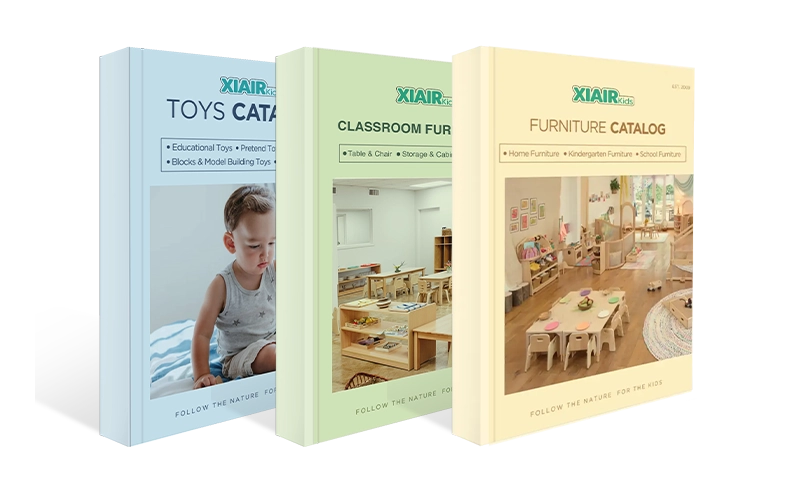
Receive a free catalog and custom layout to help you design your ideal classroom easily.
Why is Observation Important in Early Childhood?
Observation is a cornerstone of effective teaching in early childhood education. It provides educators with critical insights into a child’s development, helping them to understand how children learn, interact, and engage with their environment.
The importance of observation in early childhood education extends beyond simply monitoring behavior; it plays an essential role in guiding the educational process. Educators can track children’s progress in various developmental areas, such as language acquisition, social skills, cognitive abilities, and emotional regulation. These observations help teachers identify a child’s strengths and potential learning challenges, enabling them to create personalized learning experiences tailored to individual needs.
A few other potential actions and outcomes for childhood observation include:
- Better understanding of the child’s communication style
- Identify signs of behavioral challenges or special needs
- Document the child’s language development
- Record how the child is using new skills
- Analyze and correct negative behavior patterns
- Acknowledge and reinforce positive behavior patterns
- Evaluate interactions with other children
- Adjust teaching practices based on observations
- Determine whether the child is ready for the next steps and further learning
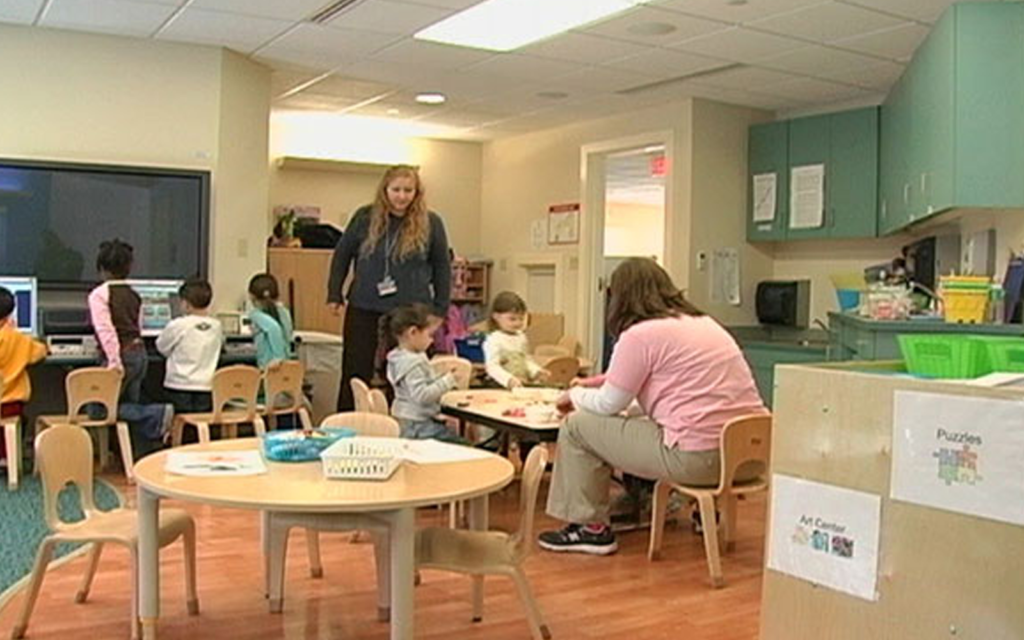
Early childhood observation in the classroom allows teachers to assess how children interact with peers and approach different activities. This ongoing, real-time feedback ensures that educators are not just reacting to behaviors but are actively shaping a child’s learning path based on objective insights. Furthermore, systematic observation and assessment in early childhood education provide a data-driven foundation for making decisions that enhance the learning environment. By understanding each child’s developmental stage, educators can adjust teaching strategies, activities, and goals accordingly, making learning more effective and enjoyable for every child.
Through these observations, educators also strengthen their connections with parents. They can provide valuable feedback on a child’s growth and learning, reinforcing the importance of a collaborative approach to education. Thus, observation is not only a tool for assessment but also a means of fostering positive relationships and communication between teachers, children, and families.


Receive a free catalog and custom layout to help you design your ideal classroom easily.
What are the Different Childhood Observation Methods?
Various observation techniques in early childhood education allow educators to collect different data types on a child’s development. These methods help teachers understand specific behaviors, track progress over time, and identify areas for improvement. Let’s explore some of the most commonly used early childhood observation methods.
Anecdotal Records
Anecdotal records are brief, descriptive accounts of significant events or behaviors observed in a child. These records are written in narrative form and are valuable because they provide a snapshot of a child’s actions or reactions to specific situations. Behavior observation forms for early childhood often include anecdotal records as part of a comprehensive assessment of the child’s development.
Educators can build a clearer picture of a child’s abilities and progress by focusing on significant, individual moments. Anecdotal records can highlight strengths or areas of concern that might not be captured in structured observations.
Running Records
Running records offer continuous, real-time documentation of a child’s behavior, thoughts, and interactions over a set period. This method involves writing down everything the child says and does during a specified observation time. Running record observation in early childhood is particularly helpful for tracking a child’s behavior flow and gaining insights into their thinking patterns and decision-making processes.
Running records are valuable for understanding how children interact with their environment and peers. They provide educators with a comprehensive view of the child’s developmental trajectory.
Learning Stories
Learning stories are narratives that document significant learning moments, achievements, and challenges experienced by a child. These stories are typically written positively, focusing on a child’s strengths and personal growth. Educators often use learning stories to encourage children’s self-esteem and promote further development in various areas.
This observation method is beneficial for capturing a child’s emotional responses and social interactions, making it an ideal choice for observation and assessment in early childhood settings.

Time Samples
Time samples involve recording a child’s activities at intervals, such as every 5 or 10 minutes, over a specific period. This childhood observation method often tracks repetitive behaviors or documents how children engage in structured tasks like play or group work. Educators can also use time samples to gather data on a child’s focus, interests, and responses to various activities.
Time samples are particularly effective for behavior childhood observation forms for early childhood, allowing teachers to monitor patterns in behavior and identify any areas that might require additional attention.
Jottings
Jottings are informal, brief notes that educators take during or immediately after an observation. These notes capture important behaviors or actions without a detailed description or interpretation. Jottings can be quickly recorded and later expanded into more detailed accounts. For observation in early childhood, jottings are often used as a quick reference to remember key moments that can be analyzed further.
This method provides a flexible approach for recording observations and can be particularly helpful in busy classroom environments with limited time.
Work Samples
Work samples are tangible pieces of a child’s work, such as drawings, writings, or crafts, that document their development. Educators collect these samples to evaluate fine motor skills, cognitive abilities, and creative expression. Early childhood observation samples provide physical evidence of a child’s learning process, helping teachers assess progress and tailor future lessons.
Educators can better understand a child’s abilities and learning style by comparing work samples over time.
Photographs
Photographs are powerful tools for documenting a child’s development and milestones. Educators often take photos to capture moments that are difficult to express in writing, such as social interactions or physical achievements. Observation tools for early childhood usually include photographs as part of the documentation process, providing a visual record of a child’s experiences and progress.
Photographs also communicate the child’s development to parents, making them valuable tools for observation and documentation in early childhood settings.

Different Types of Observations in Early Childhood
Several types of observations are used in early childhood, each serving a distinct purpose in understanding a child’s development. These childhood observations can be structured or unstructured and provide a wide range of insights into a child’s behavior, learning style, and emotional state. The main observation types include anecdotal records, running records, and time samples.
Structured Observations
Structured observations are carefully planned and focused on a child’s behavior. Educators use predetermined criteria or checklists to assess the child’s abilities, social interactions, or emotional responses in particular situations. For example, a teacher might observe how a child reacts when introduced to new peers or a new activity, explicitly noting whether the child feels comfortable, interacts, or withdraws.
Structured observations often measure specific developmental milestones, such as language acquisition or fine motor skills. They provide quantitative data, which can help track progress over time.

Unstructured Observations
Unstructured observations are less formal and involve the educator observing the child in a more spontaneous, natural setting. These childhood observations allow children to engage in activities or play without interruption or direction. For instance, a teacher might observe children interacting in a free-play environment, documenting behaviors like sharing, problem-solving, or leading a group.
Unstructured observations provide a more holistic view of a child’s behavior. They reveal how the child acts in real-life situations, offering insights into their personality, creativity, and social dynamics.
Naturalistic Observations
Naturalistic observations occur in the child’s regular environment, such as the classroom, home, or playground. This type of observation allows teachers to see how children behave in familiar surroundings, revealing actual behavior patterns. Naturalistic observations can help educators understand how children respond to daily routines, interact with adults and peers, and engage with their surroundings.
This type of observation is particularly valuable for tracking emotional and social development because it reflects the child’s natural responses to stimuli in their environment.


What Do Educators Track?
Educators observe various aspects of a child’s development through childhood observation to ensure they meet individual needs and foster overall growth. Cognitive, physical, social, emotional, and language development are key areas. Let’s explore each of these developmental domains.
Cognitive Development
Cognitive development refers to a child’s ability to think, reason, and understand the world around them. Educators observe how children solve problems, recognize patterns, and engage with tasks that require critical thinking. For instance, a teacher might observe how a child completes a puzzle or follows instructions during a group activity. By documenting these behaviors, educators gain valuable insight into the child’s cognitive progress.
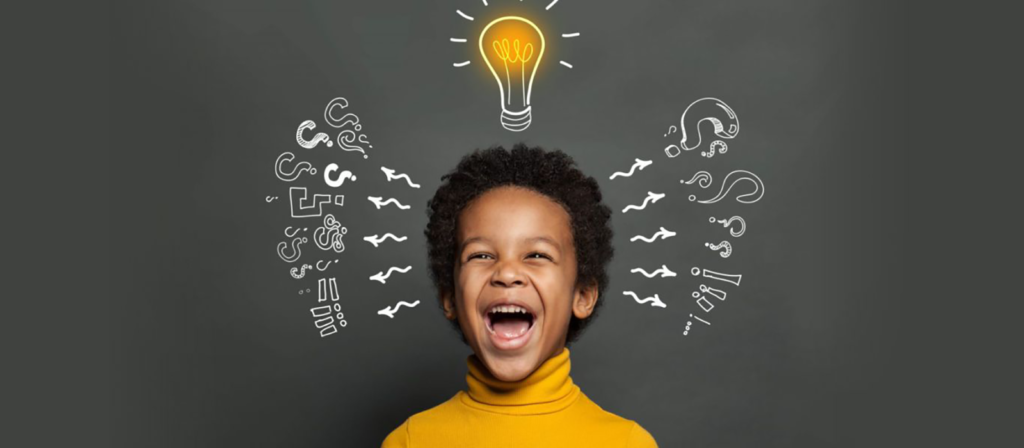
Physical Development
Physical development includes fine motor skills (e.g., drawing, writing) and gross motor skills (e.g., running, jumping). Educators use early childhood observation tools to track progress in these areas, helping them identify when a child may need additional support. For instance, an educator might observe how a child’s coordination improves as they engage in activities such as cutting with scissors or riding a tricycle.

Social Development
Social development is a key area of focus in early childhood education observation. Teachers observe how children interact with their peers, negotiate and resolve conflicts, and share or take turns. Tracking social interactions provides insights into how healthy children develop interpersonal skills and understand social norms.

Emotional Development
Emotional development focuses on how children understand and manage their emotions. Through observation, teachers can see how children respond to frustration, joy, or anxiety and how they cope with these emotions. For example, an educator might document a child’s ability to calm themselves after becoming upset during a group activity, highlighting their growing emotional regulation.

Language and Literacy Development
Language and literacy development are other areas tracked during early childhood observation. Teachers document the child’s ability to use language to express themselves, follow instructions, and engage in storytelling. Observations can reveal how a child develops vocabulary, syntax, and conversational skills over time.

What is Included in a Childhood Observation Report?
A childhood observation report is a comprehensive document that summarizes the educator’s findings from observing a child over a specific period. This report plays a critical role in documenting a child’s development and can be a valuable tool for educators and parents. A well-crafted childhood observation report provides insights into various developmental domains and helps guide instructional decisions.
1. Child’s Basic Information
The first section of a childhood observation report includes essential information about the child being observed. This typically consists of:
- Child’s name
- Age or date of birth
- Observation date(s): The specific dates or time frames during the observation.
- Classroom or setting: The location where the observation was conducted (e.g., classroom, playground).
This foundational information helps contextualize the report and ensures that the observations are tied to a specific child and their developmental stage.
2. Setting and Context of the Observation
The following section describes the environment in which the observation took place. This includes details about:
- The environment: Whether the observation occurred in the classroom, at playtime, during group activities, or in a more structured setting.
- Context of the activity: What was happening during the observation? For example, was the child working on a specific task, playing with peers, or engaging in a new learning activity?
This context helps to clarify the child’s behaviors and interactions with their environment and the activities they are engaged in. It provides insight into how the setting may influence a child’s behavior and development.
3. Observations of the Child’s Behavior and Development
The core of any childhood observation report is a detailed description of the child’s behavior during the observation period. This section focuses on specific actions, interactions, and responses that the child demonstrated:
- Cognitive development: How the child solves problems, processes information, or engages with new concepts.
- Physical development: Actions demonstrating motor skills, such as running, jumping, or manipulating objects.
- Social development: Interactions with peers and adults, including cooperation, sharing, and conflict resolution.
- Emotional development: Responses to emotions, such as frustration, happiness, or anxiety, and how the child regulates their emotions.
Each observation is carefully documented, capturing the nuances of the child’s development in real time. This includes positive moments (e.g., a child completing a task) and challenges (e.g., difficulty working in a group).

4. Analysis and Interpretation
After documenting the child’s behavior, the educator analyzes the observations. This section offers an interpretation of the child’s actions and how they relate to their development. The analysis helps to answer questions such as:
- What do the observations suggest about the child’s strengths and areas for growth?
- Are there any noticeable patterns in the child’s behavior or development?
- How does the child respond to challenges or new situations?
This analysis helps in understanding the child’s progress and serves as a guide for further educational strategies and interventions.
5. Recommendations for Next Steps
Finally, a childhood observation report includes recommendations for supporting the child’s continued growth and development. These suggestions are based on the observations and analysis and may include:
- Targeted strategies: Specific teaching methods or interventions to address areas where the child may need additional support (e.g., enhancing social skills or fine motor development).
- Learning goals: Short-term or long-term objectives to guide the child’s progress in specific areas (e.g., developing language skills, improving group work behaviors).
- Future observations: Identify any areas that should be monitored more closely in subsequent observations to track progress or challenges.
These recommendations help teachers and parents align their efforts to create an environment that fosters the child’s development holistically and individually.

Receive a free catalog and custom layout to help you design your ideal classroom easily.
Considerations for Documenting
Effective childhood observation is only as valuable as the documentation that follows. When observations are recorded thoughtfully, they become powerful tools for reflection, communication, and action. Whether for planning lessons, discussing concerns with families, or identifying developmental patterns, high-quality documentation ensures the observation serves its true purpose.
Writing observations isn’t just about putting words on paper. It’s about choosing the right words—those that describe behavior accurately, respectfully, and usefully.
Objectivity
The most crucial rule in documenting is to remain objective. This means describing only what you see and hear, without making assumptions, judgments, or interpretations. Instead of writing, “Emma was angry and rude,” it’s more appropriate to say, “Emma crossed her arms, frowned, and said, ‘I don’t want to play with you.’”
Objectivity removes personal bias from the record and keeps the focus on behavior. This matters because colleagues, supervisors, or families may review observations. A subjective or emotional tone can damage trust and distort the child’s experience.
In emotionally charged situations, such as conflict, tantrums, or refusal to follow instructions, it’s essential to pause and reflect before writing. Ask yourself: Am I describing the behavior, or am I expressing my feelings about it? By maintaining objectivity, we ensure that documentation remains professional, credible, and helpful for decision-making.
Specificity and Directness
Generalized or vague statements don’t offer much value. For documentation to be meaningful, it must be specific. This means including details like what the child said or did, what materials they used, and the time or setting of the event.
For instance, instead of writing, “Liam was creative during art time,” a more specific and direct observation would be, “Liam chose yellow and red paint and used a sponge to create overlapping circles. He said, ‘This is the sun and this is the fire.’” This version gives a clearer picture of the child’s thought process and choices.
Direct language avoids unnecessary interpretation or overexplaining. Stick to simple, factual verbs like “said,” “reached,” “placed,” “smiled,” “ran,” or “cried.” These words are easy to understand and leave little room for misinterpretation.
Directness also saves time. In fast-paced classroom settings, efficient documentation is essential. Being both clear and concise allows teachers to capture more moments with less confusion.
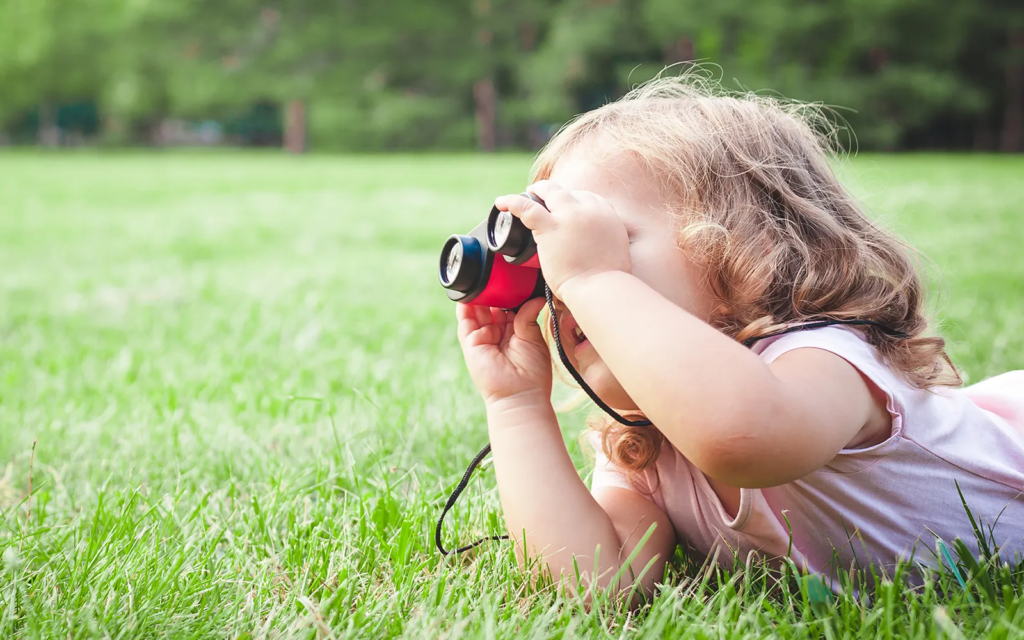
Mood and Emotional Tone
While objectivity is essential, that doesn’t mean we must ignore emotion altogether. Children express a wide range of emotions throughout the day, and noting these shifts, when done carefully, adds depth to the documentation.
The key is to focus on the observable signs of mood. For example, write “Ava looked down, her shoulders slumped, and she spoke softly when asked to clean up,” rather than “Ava was feeling sad.” The first version respects the child’s emotional state without guessing at causes or internal feelings.
It’s also essential to document positive emotional states, not just difficult ones. Noting joy, excitement, pride, or calmness helps paint a balanced, whole-child portrait over time. A record that only reflects problems misses opportunities to celebrate growth and strengths.
By acknowledging emotion in behaviorally grounded ways, we enrich our understanding of each child and how they respond to the world around them.
Completeness
An intense observation includes not only the behavior but also the context. Who else was present? What happened before and after? What materials were used? These details create a fuller picture and help educators identify patterns over time.
Let’s say a child throws a block across the room. If the documentation says, “Child threw a block,” it tells us very little. But if we write, “After another child took his block, Leo yelled, ‘That’s mine!’ and threw a block toward the shelf. He then crossed his arms and sat on the rug,” we begin to understand motivation, social dynamics, and emotional regulation.
Completeness also means following through—did the teacher respond? How did the child recover? Were there later reflections or apologies? Including this information helps connect the dots for future planning and helps avoid repeated incidents.

Receive a free catalog and custom layout to help you design your ideal classroom easily.
How to use childhood observations?
When we observe children, we gain access to a world that’s often missed in standardized testing and routine classroom interactions. But observation in itself isn’t enough. The real value of childhood observation comes when we apply what we see to real-life decisions in the classroom, at home, and in communication with families.
Create individualized lesson plans
Every child is unique. Some learn by touching, some by listening, and others by repeating actions until they master a skill. Through observation, teachers can begin to understand how each child learns best, not based on assumptions, but by watching how they interact with their environment, materials, and peers.
Let’s say a teacher notices that one child consistently chooses puzzles and works on them silently for long periods. Another child, in contrast, prefers movement-based activities and engages in lots of verbal interaction. Instead of offering the same lessons to both children, the teacher can use these observations to design personalized activities: hands-on logic challenges for the first child and group storytelling or dance-based learning for the second.
Observation also helps track interests over time. If a child shows sustained interest in animals, this might lead the teacher to integrate animal themes into reading, science, or art lessons. When lessons are rooted in genuine interest, engagement and learning deepen naturally.
This approach supports differentiated instruction and helps every child feel seen and supported. It also leads to more accurate assessments of progress, as children are evaluated within the context of their learning style and personal development journey.

Enhance the classroom environment
Observing children can reveal whether a classroom setup truly supports learning or unintentionally blocks it. For example, a teacher might notice that children often avoid the reading corner or that group conflicts tend to arise in a specific area of the classroom. These patterns can highlight environmental issues such as poor layout, limited space, or lack of sensory variety.
By watching how children move through the space, what they gravitate toward, and where they struggle to focus or cooperate, educators can make informed adjustments. If a group of children frequently sits on the floor in a particular corner to read, it may be time to add cushions and turn that space into a quiet reading nook. If children are constantly pushing or arguing at a small table during art time, it might signal that more materials—or more room—are needed.
Changes based on observation don’t have to be expensive or dramatic. Sometimes, simply rotating toys, adjusting furniture placement, or adding visual cues can transform the energy of the room. Most importantly, these changes show children that their behaviors and needs are being noticed and respected, which supports a stronger sense of ownership and belonging.
Strengthen family-teacher communications
When educators share thoughtful observations with families, it builds trust and creates a partnership around the child’s development. Parents appreciate hearing more than just grades or behavior notes—they want to know how their child learns, how they interact with others, and how they handle challenges.
For example, instead of saying, “Your child is doing fine,” a teacher can say, “I’ve noticed that Maya has become more confident during group discussions. Last week, she volunteered to explain a math problem to her classmates.” This level of detail is only possible through consistent observation.
These shared insights also invite parents to share their observations from home. They may notice things that aren’t visible in the classroom, like how a child talks about school at the dinner table, or how they express emotions during playtime at home. This exchange builds a fuller picture of the child, which benefits everyone involved.
Moreover, when issues arise—such as behavior changes or learning difficulties—having a record of previous observations provides a valuable foundation for honest, constructive conversations. It helps avoid blame or confusion and keeps the focus on support and collaboration.
Identify developmental delays early
One of the most critical roles of observation is early detection. Development doesn’t happen on a fixed timeline, and while some variation is normal, unavoidable delays may require additional support. Through regular observation, teachers can notice if a child isn’t reaching expected milestones in language, motor skills, social interaction, or emotional regulation.
For instance, if a child rarely responds to their name, avoids eye contact, or doesn’t engage in pretend play beyond a certain age, these may be subtle signals of developmental concerns. These signs might be missed in group activities or short checklists, but through consistent, focused observation, they become more apparent.
Early identification doesn’t mean immediate labeling or judgment. It simply allows for timely discussion with specialists or families and the possibility of early intervention. The earlier a child receives support, the better the outcomes tend to be, both academically and emotionally.
Educators should document these patterns over time and across contexts, ensuring that any concerns are based on a complete picture of the child, not just a single moment or isolated behavior. When done with care and clarity, observation can help children access the support they need before problems become larger.

Receive a free catalog and custom layout to help you design your ideal classroom easily.
FAQs
1. How do observation and assessment in early childhood contribute to a child’s development?
Observation and assessment help educators track a child’s progress, identify developmental needs, and create personalized learning plans that support the child’s growth.
2. What role does the child observation report play in early childhood education?
The child observation report provides a comprehensive record of a child’s behaviors and progress, offering insights into their development and guiding educational strategies.
3. Can a child observation report be used for identifying developmental delays?
Yes, a child observation report can highlight areas where a child may need additional support, enabling early intervention for developmental delays.
4. How can parents use the child observation report to support their child’s learning?
Parents can use the child observation report to understand their child’s strengths and areas for improvement, helping them reinforce learning at home and collaborate with teachers.
Conclusion
Childhood observation is a vital tool in early childhood education, offering educators the insights they need to assess and support each child’s unique developmental journey. Through systematic early childhood observation, educators track a child’s cognitive, physical, emotional, and social growth, using these observations to inform teaching practices and identify areas for further support.
A childhood observation report is a comprehensive document that includes the child’s basic information, a description of the setting, detailed observations of their behavior and development, an analysis of their progress, and actionable recommendations for the next steps. This report provides a snapshot of where the child is in their developmental journey and helps create a roadmap for their continued growth, both in the classroom and at home.
Educators can make informed decisions about lesson planning, child interventions, and communication with parents by integrating observation and assessment in early childhood education. These reports foster a collaborative approach, ensuring that teaching methods are personalized and responsive to each child’s needs, ultimately creating a more supportive and effective learning environment.
Childhood observation reports are essential for tracking progress, identifying developmental delays, and enhancing the educational experience, making them a cornerstone of quality early childhood education.


